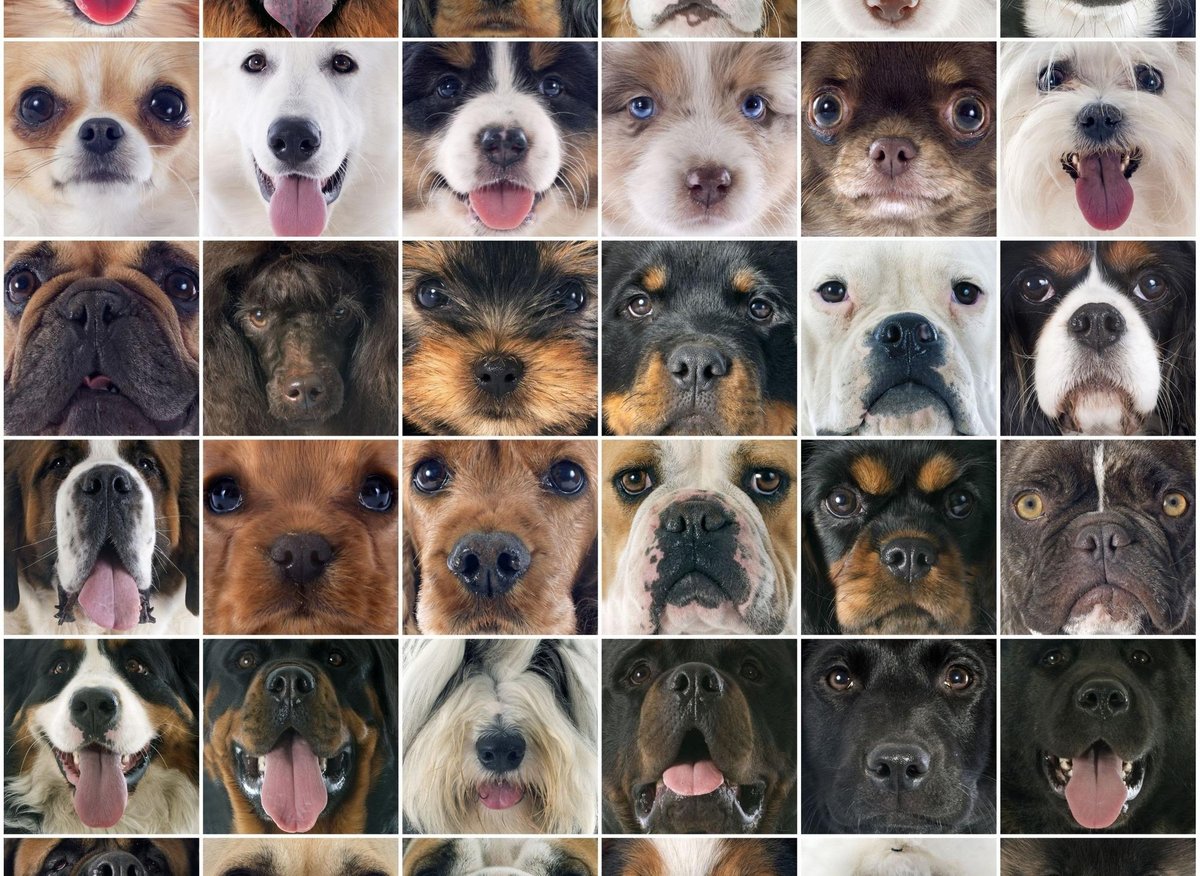JOINT BASE SAN ANTONIO-LACKLAND, Texas – Recent renovations to the 1 Special Operations Security Forces Squadron kennel facility are improving the lives and well-being of military working dogs at Hurlburt Field, Fla.
The upgrades are the result of Kennel Health Assessment 2.0, the Air Force Security Center’s online assessment system that tracks and assesses the condition of military working dog kennel facilities across the board. ‘Air Force. AFSFC, a primary subordinate unit of the Air Force Installation and Mission Support Center, launched the program in July 2020 with the goal of improving the health and well-being of military working dogs by modernizing existing facilities that house MWDs throughout their military enlistment.
“The KHA 2.0 software analyzes four main areas: administrative offices, kennel facilities, support areas and veterinary support,” Tech said. Sgt. Otho Nugent, Air Force MWD Program Manager and AFSFC Special Projects Manager.
Taking into account more than 40 other criteria, “… the results are used to categorize, prioritize and advocate for renovations and improvements to the facilities of the more than $ 116 million in working dog assets of the air force, ”Nugent said.
The data is shared with senior leaders and key decision makers who then make informed decisions on funding for health and MWD-related initiatives and projects.
The $ 650,000 renovation at Hurlburt Field, which included an overhang and canine turf installation, had an immediate positive impact on readiness.
“These alone have led to much needed improvements that provide a safer environment for working dogs and directly improve our training program,” said Master Sgt. Matthew Mascolo, MWD trainer and acting kennel master at 1er SOSFS. “The overhang protects the working dogs from the Florida heat, and the K9Grass that has been installed on the training yard helps protect them from harm.
“The training course was bare ground before the turf was installed,” Mascolo said. “The area attracted animals and insects that made their way to the kennels. This posed a threat to the health and welfare of our working dogs.
“Max, one of the MWDs, was bitten by a brown recluse in June 2019,” he said. “I found him, but at that point his leg was swollen. We took him to the veterinary clinic in Fort Benning, GA, but the vet gave him little chance of survival. Fortunately, Max recovered after a few months and was able to continue working as a vital member of the 1st Special Operations Security Forces Unit. “
“Hurlburt Field is an example of how KHA 2.0 is at the heart of preparation,” said Nugent. “We view military working dogs as sensitive, low density, high demand assets that require training, love and attention to function at optimal levels. Central to preparation is their ability to accomplish what they have been instructed and trained to do. It’s our job to provide what our trained dogs and handlers need to perform at this extraordinary level.
 Christ Yoder
Christ Yoder



